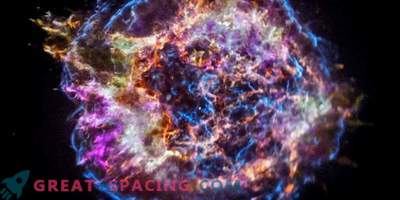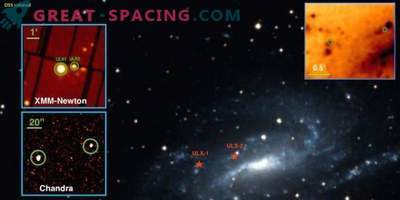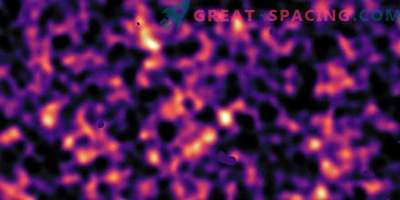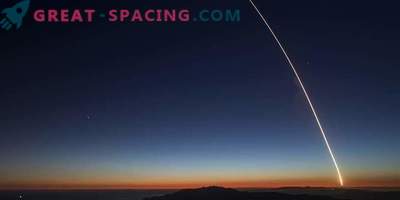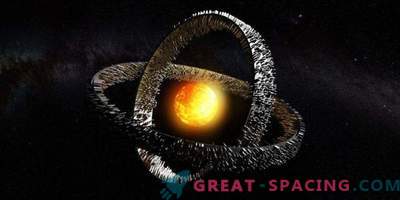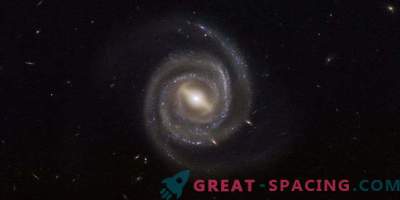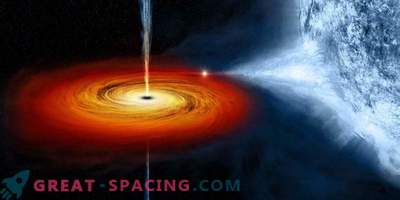
Cassiopeia A supernova remnant captured by NASA Chandra X-ray Observatory. The locations of silicon (red), sulfur (yellow), calcium (green) and iron (violet) in fragments are shown. The Micro-X mission will map a wider range of elements so that astronomers can better study the explosion.
NASA launched a prototype of a telescope and an X-ray monitor released by Cassiopeia A - expanding fragments of a blown up star The booster with the Micro-X device started on July 22 and was successfully tested.
The flight time of the probing rocket is shorter compared to orbital satellites, so that more scientific data can be obtained. There are only a few bright X-ray sources in the sky to fix for a few minutes of the review. Cassiopeia A is considered one of the most luminous.
Micro-X took off in New Mexico to an altitude of 160 km to detect X-rays absorbed by the earth’s atmospheric layer. He managed to observe the remains for 5 minutes. The maximum take-off height reached 270 km. The mission includes the first array of x-ray microcalorimeters with transition edges for space flight. These sensors function as highly sensitive thermometers and are ideal detectors for the X-ray telescope.
A microcalorimeter is represented in three parts: an absorber (receives light and transforms into heat), a thermistor (determines its resistance to temperature change) and a radiator (cools the mechanism). A special refrigerator lowers the temperature of the Micro-X to 0.075 ° C. When the device catches X-rays, it transforms the light energy into heat. Scientists are trying to understand an important point: whether the temperatures of gases emitted by a stellar explosion are the same for iron and silicon. Such an analysis could not be carried out with Chandra spectrometers. Micro-X differs in that it can take every single photon in the field of view and display the exact spectrum with an energy index.
Information collected by the device will help to understand how much oxygen is in Cassiopia A, as well as measure the rate of annular emissions. Now it turns out to calculate the weak spectral lines, revealing the data on which gases are present in the residue with an indication of their speed and direction.
The Micro-X team plans to focus on other space objects (stellar remnants or galactic clusters). There is even an idea to use the device to search for dark matter. Transition photon sensors will be included in upcoming missions. For example, in the 2030s. plan to launch a new ATHENA space telescope (ESA). This is an array of 5,000 pixels, which is almost 40 times larger than the 128-pixel Micro-X detector. He will investigate the structure of hot gas in galactic groups and conduct a census of black holes.
